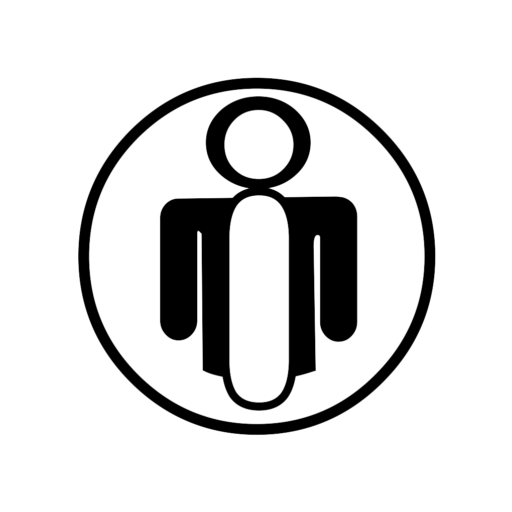After a car accident, many individuals face the financial burden of medical expenses. One way medical providers secure payment for services rendered to accident victims is through a medical lien. Understanding how medical liens work is crucial for anyone navigating the post-accident landscape.
What Is a Medical Lien?
A medical lien is a legal claim that allows healthcare providers to receive payment for their services directly from the settlement or judgment awarded to the accident victim. It ensures that the provider is compensated once the victim receives funds from a car accident insurance claim or lawsuit. This arrangement can be helpful for individuals who may not have the financial means to pay for medical treatment upfront.
How Do Medical Liens Work?
When you receive treatment after an accident, the healthcare provider may ask you to sign a lien agreement. This document states that the provider will wait for payment until your personal injury case is resolved. The agreement typically outlines the amount owed and details regarding the lien.
Once you receive a settlement or judgment, the lien allows the provider to recover the agreed-upon amount directly from those funds. This process ensures that your medical bills are settled before remaining compensation is disbursed to you.
Benefits of Medical Liens
Medical liens offer several advantages:
Immediate Access to Care: They enable accident victims to receive necessary medical treatment without the need for upfront payment. This is crucial, as timely medical intervention can affect overall recovery.
No Out-of-Pocket Costs: For those with limited financial resources, medical liens alleviate the burden of immediate medical costs, allowing them to focus on recovery without financial stress.
Streamlined Payment Process: By using a lien, healthcare providers streamline their billing process, ensuring they are compensated once the claim is resolved.
Drawbacks of Medical Liens
While medical liens can be beneficial, they also come with drawbacks:
Debt Accumulation: If your claim is unsuccessful, you may still be responsible for the medical bills. This could lead to additional financial strain if you are unable to pay.
Negotiation Challenges: The lien amount may not always reflect what your insurance company or the opposing party deems reasonable, leading to disputes during settlement negotiations.
Limited Choice: Some accident victims may feel pressured to choose providers who accept liens, limiting their options for care.
Understanding medical liens is crucial for anyone involved in a car accident. While they can provide immediate access to necessary medical care without upfront costs, it’s essential to be aware of the challenges they present. Always consult with a car accident attorney to ensure you fully understand any agreements you enter into and how they may impact your overall financial situation after an accident. Being informed can help you make better decisions and navigate post-accident recovery more effectively.
The post Understanding Medical Liens After an Accident first appeared on The Yucatan Times.














